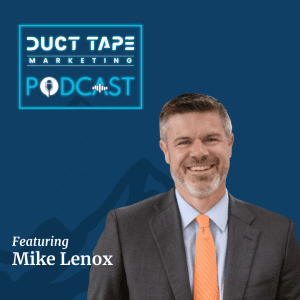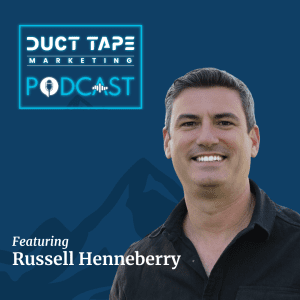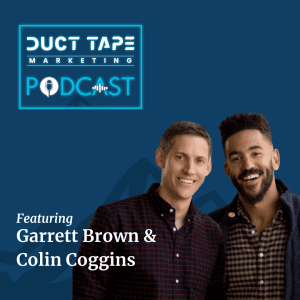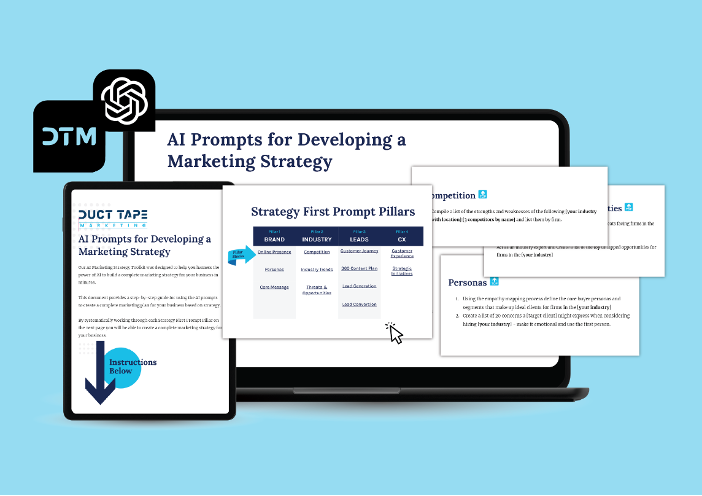As businesses evolve and competition increases, the marketing landscape is changing significantly. Traditional marketing agencies have long been the go-to solution for businesses seeking marketing expertise. However, a new model is emerging that offers more strategic value: the fractional Chief Marketing Officer Plus (CMO+).
In this blog post, we will explore the differences between traditional marketing agencies and fractional CMOs, the benefits of the fractional CMO model, and how to succeed in this role.
The Shift from Traditional Marketing Agencies to Fractional CMO+
Traditional marketing agencies have primarily focused on implementing marketing campaigns and tactics. They often act as vendors who execute specific strategies but do not necessarily delve into strategic planning or brand management.
In contrast, the fractional CMO+ model combines the strategic expertise of a CMO with the implementation skills of a traditional marketing agency. Fractional CMOs offer a more comprehensive service, including strategic planning, brand management, data analysis, budget management, and team building or management. They are also responsible for designing and executing marketing campaigns.
The Benefits of the Fractional CMO Model
Attracting the Right Clients
The fractional CMO model appeals to businesses seeking long-term growth and strategic planning. These clients understand that investing in strategy today lays the groundwork for future success. By positioning yourself as a fractional CMO, you can attract clients who are looking for a strategic partner rather than just a vendor. If you’re interested in learning more about generating leads and attracting the right clients, check out our post on the 5 funnels every agency consultant needs.
Establishing Trust and Authority
As a fractional CMO, you become a valuable member of the client’s team rather than a high-priced vendor. You are seen as a trusted advisor who can help guide the company’s marketing strategy and achieve long-term growth. This trust enables you to influence decision-making and have a lasting impact on the business.
Premium Pricing
The comprehensive and elevated service offered by fractional CMOs justifies premium fees. Additionally, because you are in charge of executing a plan that the client has already asked you to create, you can charge a premium for implementation as well. This allows you to maximize your revenue and build a successful business.
How to Succeed as a Fractional CMO
To excel in the role of a fractional CMO, it’s essential to have a defined, measurable, and repeatable system that can scale beyond just selling your time. Here are a few steps to help you succeed:
1. Develop a Strategic Marketing Approach
Create a unique approach or system that encompasses all aspects of your fractional CMO services. This includes strategic planning, brand management, data analysis, budget management, team building, and marketing campaign design and execution.
If you’re feeling pressed for time and need help developing your marketing strategy or your client’s marketing strategy, you can check out our free guide on how to develop a marketing strategy using Chat GPT and AI. This guide provides helpful prompts that you can customize for your business. To access the guide, just visit our page on AI Prompts for Building a Marketing Strategy.
2. Define Your Scope and Offer
Clearly outline what you are offering as a fractional CMO, specifying the services you will provide, the expected results, and the associated fees. This transparency helps set expectations and ensures that both you and your clients understand the value of your partnership.
3. Focus on Measurable Results
As a fractional CMO, you must demonstrate the impact of your strategic marketing efforts through measurable results. Develop Key Performance Indicators (KPIs) to track your progress and share these metrics with your clients. This helps build trust and reinforces the value of your services.
4. Continuously Improve Your System
Always look for ways to refine and enhance your strategic marketing approach. Stay informed about the latest marketing trends, tools, and techniques, and incorporate them into your system. This ensures that you remain at the forefront of the industry and continue to offer exceptional value to your clients. By following the advice and experiences of other marketing consultants, you can learn from their successes and avoid common pitfalls. Be sure to check out our page on marketing consultant stories for more insight.
The rise of the fractional CMO model is a game-changer for businesses looking to differentiate themselves and thrive in the competitive landscape. This powerful shift presents an exciting opportunity for marketing professionals who are ready to take on a more strategic and comprehensive role in their client’s success and scale their agency.
 In this episode of the
In this episode of the 
 In this episode of the
In this episode of the  In this episode of the
In this episode of the  In this episode of the
In this episode of the 

 In this episode of the
In this episode of the  In this episode of the
In this episode of the